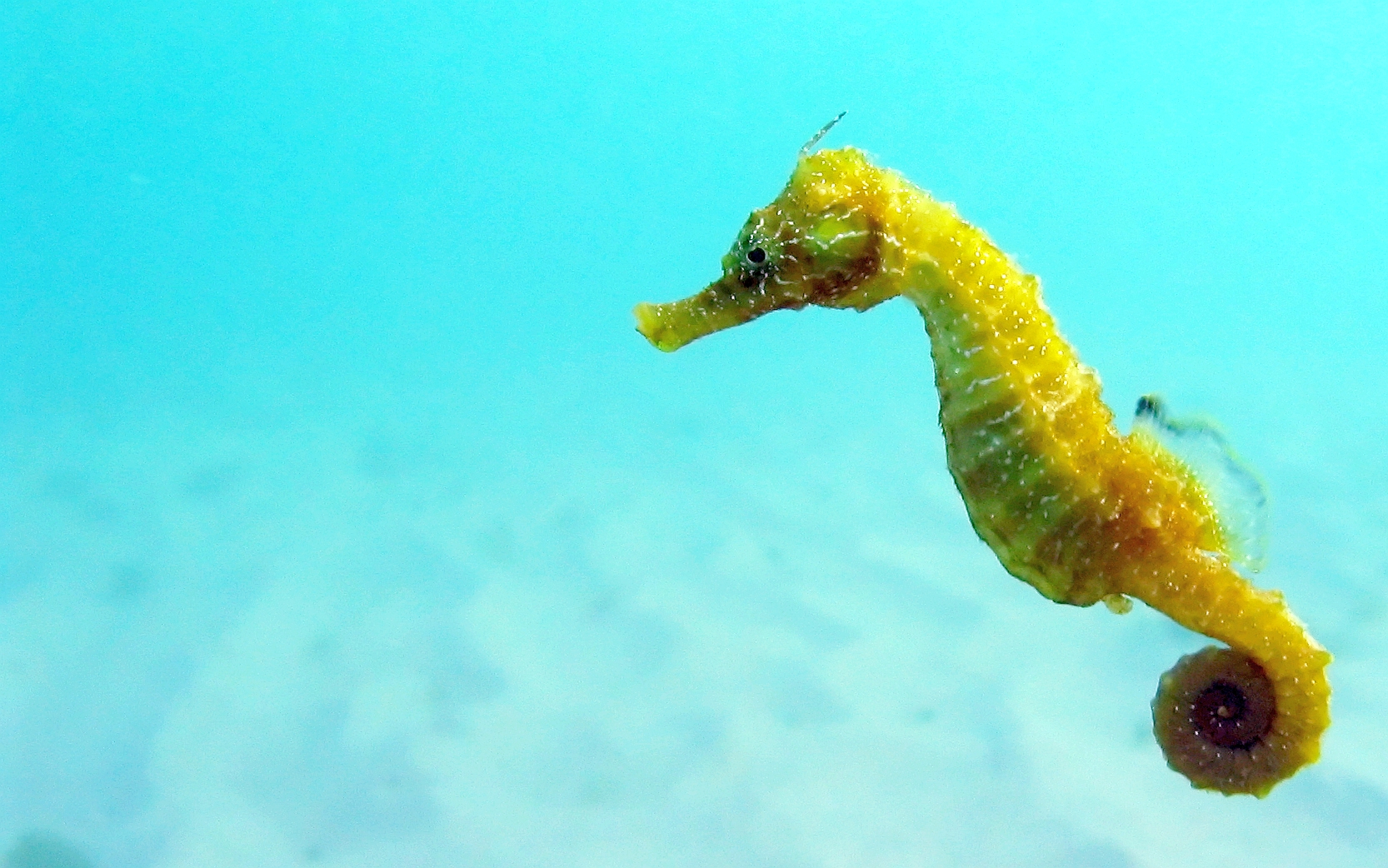Did you know you have a seahorse in your head? You do. It’s a delicate little thing, and it’s important to feed it — because it helps you remember who you are and what you’re doing here.
It bears a fancy name: hippocampus, which is simply the Greek word for “seahorse.” Of course, it isn’t actually a seahorse at all, it’s a tiny neural organ nestled deep within the rich fatty tissues of your brain. But it’s fitting that it so closely resembles an ocean creature from prehistoric days, because it plays a crucial role in sorting through the ocean of data and information swimming through our brains and gathering them into concrete memories.
As I said, it’s is a delicate little thing, and easily affected by stress. Combat veterans, victims of violence, and others who suffer with post-traumatic stress syndrome often show diminished hippocampus size. The greater the trauma, the greater the shrinkage.
It is also one of the first regions of the brain to show signs of deterioration in people with Alzheimer’s. Even healthy people typically begin to exhibit atrophy of the hippocampus with age, starting about 55 to 60. (In otherwise healthy people the shrinkage is roughly 15 percent; in Alzheimer’s patients, up to 50 percent.)
Happily there is a great exercise you can do for your memory-horse that has been proven to help it grow big and strong.
You can take it for a walk.
Three years ago researchers at the University of Pittsburgh studied 120 healthy but sedentary men and women, averaging sixty years of age, randomly assigned to two exercise groups. One group did a mild routine including yoga and resistance training with elastic bands. The other group simply walked around a track, three times a week, building up to forty minutes at a stretch. Both groups continued for close to a year.
At the end of the year, they scanned the brains of all their participants. Guess what? Among the yoga and resistance-training group, the hippocampus had decreased in size by about 1.4 percent on average. Which, for this age group, is considered normal. And among the group who took regular walks? That group’s hippocampi had increased in size by about 2 percent.
Let me repeat that.
Taking a good walk three times a week didn’t just slow the typical process of hippocampus shrinkage — it dramatically reversed it.
A few days ago I wrote about taking a walk with my wife. It’s a great practice, and I recommend it. Here’s the part I didn’t mention: when we go on those walks, we’re not just getting exercise. We’re making memories.
Literally.


I walk twice a day but rather than just let my mind wander I use that time to focus on what I want to create. I would encourage people to walk without music and be a part of your natural environment. Great post, John.
Couldn’t agree more. Much as I love music (and listen to it constantly while I write) I’d rather let the fractals of the environment soak my brain when I’m out walking. Often when I’m stuck at some logjam in my writing, the solution appears magically when I take my mind off it by going out walking (wander = superior focus!) Thanks, Art.